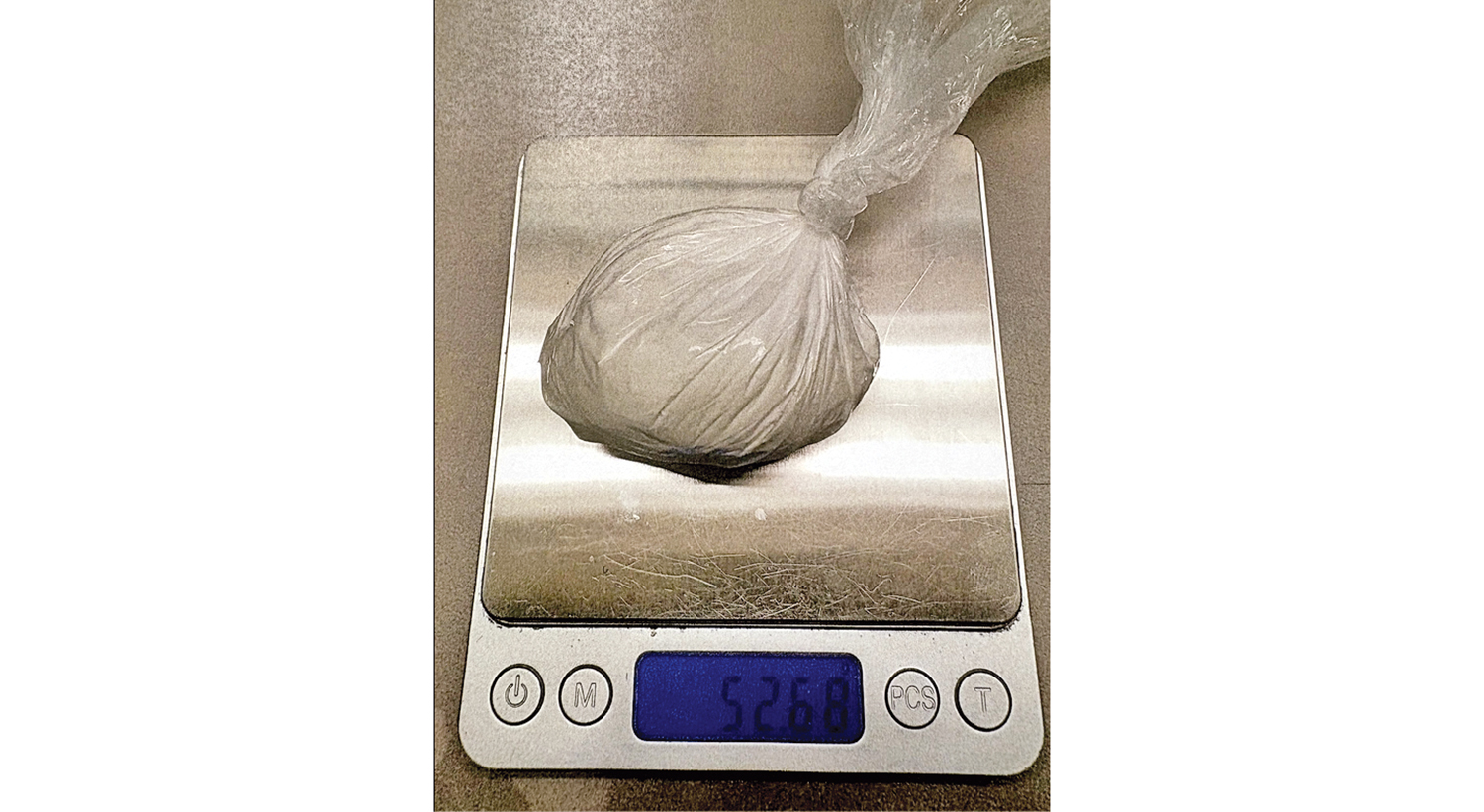ODE helps you make sure your child is not left behind
Published 12:00 am Friday, September 12, 2003
Even though I have been reading up on the new federal and state academic content standards any chance I get, they are still enough to blow my mind.
Academic content standards became a state law in June 2001, resulting from the recommendations of the 1999 Governor's Commission for Student Success. One year later, the federal No Child Left Behind Act went into effect, requiring that states not only have standards in place, but also conduct yearly testing to ensure students are meeting the standards.
This year, my 10-year-old is in the fourth grade, so my first taste of proficiency test nightmares is about to begin. What is he expected to know? How can I help him learn what he is expected to know?
Talking with Patti Grey, director of communications for the Ohio Department of Education Wednesday, I am not alone. Thousands of parents across the state have encountered such strife in recent years. Because of this, the ODE has developed its Standards Guide for Families, which helps parents understand Ohio's new academic content standards.
The guides are a series of grade-level material for kindergarten through eighth grade. The information in the guides five parents a sample of some of the things their children need to be able to do in reading, writing, mathematics, science and social studies. The guides also offer practice problems, tips and activities families can do with their children to help them achieve the new standards and more.
The guides are available in both printed and electronically at www.OhioAcademicStand-ards.com by clicking on the parents link and scrolling down to the bottom of the page, where links for grades K-8 appear. Grey said printed copies can be obtained at many local school districts and libraries.
Just as is the case with adults, students have more success in school when they understand what they are expected to learn.
While these resources are all helpful, Grey says talking to your child's teachers is the best way to gauge how you can help your son or daughter. After all, they are the people who are in the classroom every day and can offer insight as to where he or she may need additional help in meeting the standards.
Since these new standards went into effect, Lawrence County has shown significant progress. On the last ODE report cards, Fairland achieved an "excellent" rating and Symmes Valley and Dawson-Bryant were rated "effective." Most other schools in the county scored in the "continuous improvement" category.
While this is something we can be proud of, we can always strive for higher goals. Wouldn't it be great if all of our schools were rated "excellent," or at the very least "effective?"
Make it a point to find out how you can help your child meet these standards and, in turn, help Lawrence County and Ohio
succeed in meeting the guidelines set forth by the No Child Left Behind Act.
Shawn Doyle is managing editor of The Ironton Tribune. He can be reached by calling (740) 532-1445, ext 19 or by e-mail (shawn.doyle@irontontribune.com).





